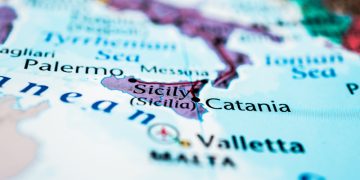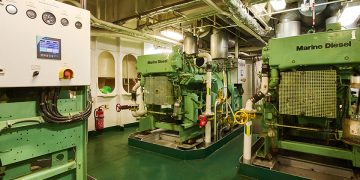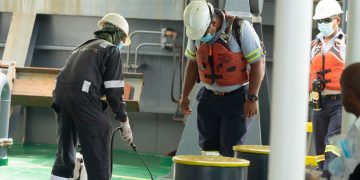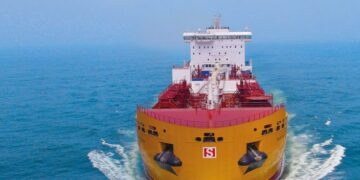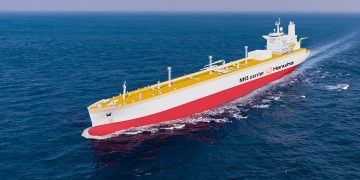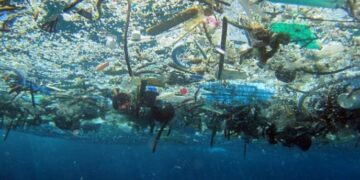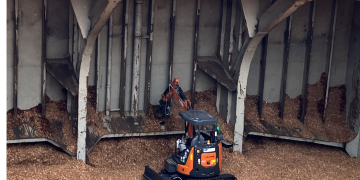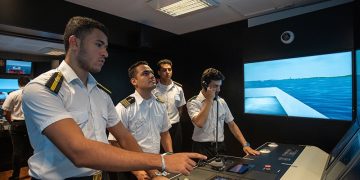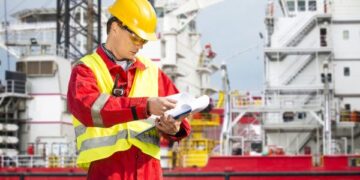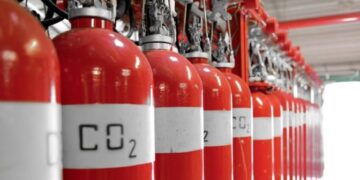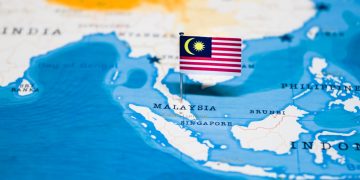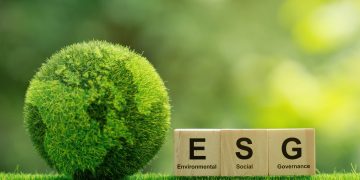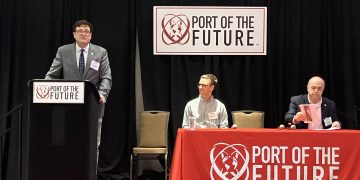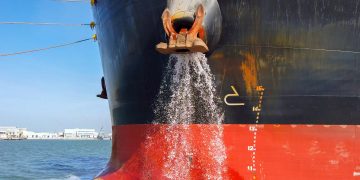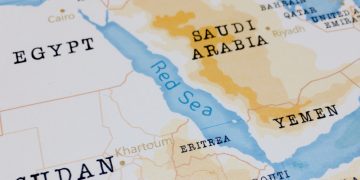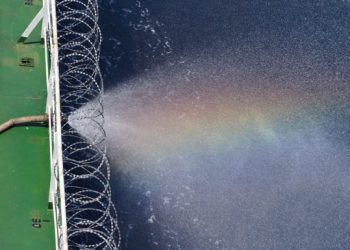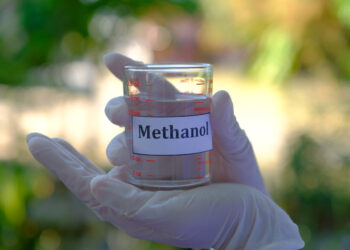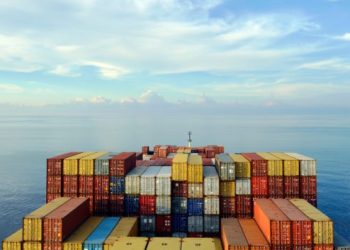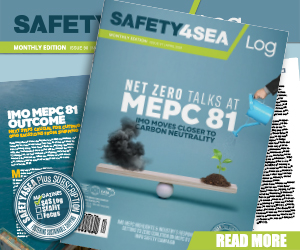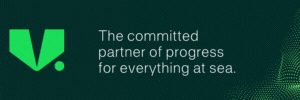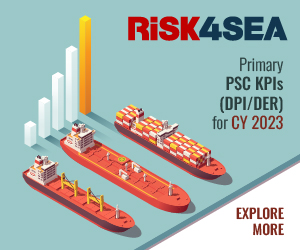Floating wind, green hydrogen production, Carbon Capture and Storage and new battery technology will be among the top ten technologies that will drive the energy transition in the next five years, according to a new report by DNV.
Released this week as s part of DNV’s Energy Transition Outlook series 2021, the report focuses on 10 technologies setting the pace of the energy transition over the next five years, as a crucial period for shaping the long-term outcome of the energy transition by 2050.
[smlsubform prepend=”GET THE SAFETY4SEA IN YOUR INBOX!” showname=false emailtxt=”” emailholder=”Enter your email address” showsubmit=true submittxt=”Submit” jsthanks=false thankyou=”Thank you for subscribing to our mailing list”]
This report describes most of the technologies that all net-zero commitments and pledges towards a Paris-compliant future will aim to use. The two selection criteria for including a technology in this report is, firstly, whether it will lead to an observable shift in the energy system, and, secondly, how the technologies interact with each other, sometimes referred to as sector coupling or energy value-chain integration.
No single technology can solve the challenge, rather they will need to work together. The focus going forward will no longer be the competition between fossil and non-fossil solutions, but rather how to accelerate the uptake of new decarbonization technologies,
…the report reads.
10 energy transition technologies
–>Energy production:
1.Floating wind: In the next five years, DNV expects to see significant technology development in floating wind to reduce cost, scale, and increase applicability. With the combined experience and eagerness from the oil and gas, maritime and offshore wind sector, DNV believes that technical and cost reduction challenges can be overcome. However, as with most industries, the real results come from deployment, and this is where policymakers have a role to play. Long-term targets, clear regulations that do not hinder international cooperation, and incentives will give the supply chain the predictability to attract finance, allow for globalization and the industrialization of the technology, and push floating wind costs down quickly to competitive levels.
2. Developments in solar PV: Solar photovoltaics (PV) are the world’s fastest growing renewable electricity resource, a growth expected to continue to accelerate in the coming decades, with PV electricity generation expanding 30-fold from 0.8 PWh in 2019 to 22 PWh in 2050. In order for PV to meet the needs of the energy transition, the industry will need to look beyond PV technology and cost improvements. The value of solar generation in the coming decade and beyond must be maintained as installed capacity increases. This can be accomplished through the integration of storage into the electricity grid or via hybrid solar and storage systems, as well as through dynamic energy markets that can respond to low cost or low carbon signals to better match load to local or regional PV generation.
3.Waste to fuel and feedstock: DNV expects significant progress over the next five years in waste to fuel technologies, and, in the case of plastics, waste-to-feedstock via chemical recycling. However, achieving meaningful scale needs to be accelerated, and requires industry collaboration, standards development, and ‘joined up’ policy support from governments. In developed countries, LFG and anaerobic digestion biogas will remain long-term primary energy sources, but there is growing emphasis on the production of biomethane and as fuels for hard-to-abate sectors. In the developing world, enormous potential exists for an expansion to small-scale biogas to displace traditional, biomass-fuelled cooking.
–>Energy transport, storage, and distribution:
4. Pipelines for low-carbon gases: As we move through the energy transition, and both industrial and domestic consumers move from methane to hydrogen, both older and new systems will need to operate side by side. Building these systems and vastly increasing CCUS network capacity will significantly increase the demand for pipeline expertise. The main challenge is the increasing need for pipelines to secure land use planning approval and societal acceptance, particularly in the onshore environment.
5. Meshed HVDC grids: The envisaged multi-purpose, multi-actor, multi-vendor, multi-national, and multi-terminal HVDC grids will not be planned, designed, and built all at once. Instead, they will grow in a step-wise, organic fashion. The equipment and systems require technical, regulatory, and economic compatibility and interoperability. This should be achieved through a set of explicit technology and purpose-agnostic minimum requirements which all actors in the super-grid development adhere to. This will require far-reaching coordination on many different levels. Policymakers, grid planners, and designers will need to collaborate to determine regulatory agreements, functional requirements, technical parameters, and project aspects.
6. New battery technology: Beyond commercially available technology, there are also step-change improvements for lithium batteries which are moving from labs and R&D departments to prototype stage. These improvements will continue to reduce cost and increase energy density. Li-ion battery advances will be fueled by the massive increase in EV production and a continuous quest to lower cost and boost range. Long-duration energy capture is critical to fully meet the needs of the energy transition. In the future, we expect to see Li-metal anode batteries with solid electrolyte and high-nickel/low-cobalt cathodes for the performance EV sector and an LFP variant for low-cost lower range EVs and stationary applications. We may see a sector coupling with transportation and industrial heating via green hydrogen technologies for very long duration energy storage
–>Energy use and conversion:
7. Novel shipping technologies: The future uptake of fuel cell technologies is hard to project owing to high market and regulatory uncertainties, as well as uncertainty in the anticipated reduction in investment costs for installing fuel cell systems onboard vessels. The most promising marine application in the short term are for short sea shipping such as ferries (e.g. LT-PEMFC), as well as for auxiliary/harbourmode solutions, where ships will benefit from reduced local and GHG emissions, as well as from the reduction of noise and vibrations. For nuclear power ships, even if small-scale nuclear become competitive with renewable energy, societal acceptance of nuclear power plants is certainly a risk in some countries, and it remains to be seen whether clean and safe nuclear fusion technology can sufficiently distance itself from fission to become acceptable.
8. EVs and grid integration: The huge investments currently being channelled into EVs and their associated charging infrastructure, the fact that they are three to four times more efficient than ICE equivalents, their much lower impact on the planet and the flexibility they can provide to aid their integration – as well as that of renewables – means that EVs are a vital part of the energy transition, and one that will ultimately lower the cost of transport, reduce GHG emissions and improve grid reliability.
9. Green hydrogen production: In the coming decade, we see increasing cost competitiveness for green hydrogen from electrolysis by improving efficiency and decreasing capex. In areas with abundant renewable resources and low-priced electricity, the costs of green hydrogen will drop even further. AE and PEM are the most developed hydrogen technologies, but SOE and AEM may yet have a future.
10. Carbon Capture and Storage: Within the next decade, additional capture processes will reach commercial maturity. Capture costs, not technology, remain the major limitation for CCS implementation. CCS is growing at faster pace thanks to favourable conditions. However, the pace is not fast enough for a Paris-compliant energy future; that will require much more robust carbon pricing and other incentives at a global level. With the right support, CCS will be able to play the necessary role it has to aid the transition to a net-zero energy system.




